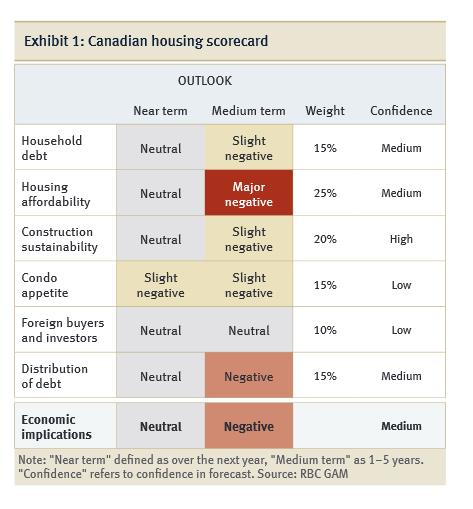The total number of starts has continued to be very strong through 2018. Completions have increased to record highs the past year, and it is reasonable to assume that many of these have started showing up, directly or indirectly, on the MLS-brokered market and have contributed to a moderate increase in new listings for used homes. In my previous post I noted that the market has cooled and we may not be free of this weakness for some time (though who knows for sure?). Developers might be "building into" a protracted downturn.
These graphs highlight how unprecedented current construction activity is. This activity has led to acute shortages for trades and backlogs in approving permits and inspections. This should come as no surprise to anyone — this is how market cycles are supposed to work.
What is of interest to policymakers and governments here is how long it takes to render new supply onto the market. Not shown here is the time required to acquire land, plan the site, rezone, and get approval; the actual "project start" is far in advance of the starts shown in the graphs above. Ramping up supply takes years, but a sudden change in demand can occur in a single season. In addition, historically when units don't sell, there is significant impedance to commence new starts or even the preamble work, which makes it very difficult to keep a steady supply of abundant housing in the pipeline to prevent shortages, at least not without significant supplementary government intervention. I am concerned some facile interpretations of housing economics may not be well versed in the grim realities of recessions and how difficult it is to maintain over-supply and thus bypass the shortage portion of the cycle. Food for thought.













